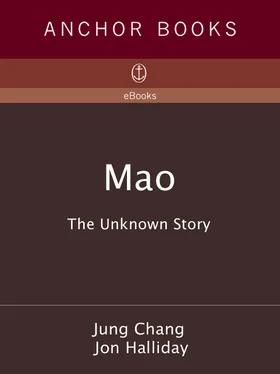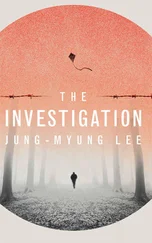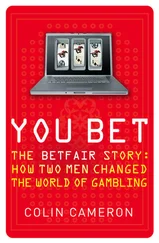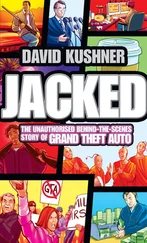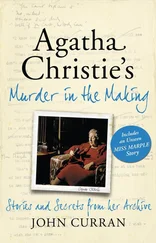Looking grim, next to his patron and rival, Stalin, at the ceremony for Stalin’s seventieth birthday, Moscow, December 1949. To Stalin’s left is East Germany’s leader Walter Ulbricht, to whom Mao suggested building a wall; Mongolia’s Tsedenbal far right; Soviet Marshal Bulganin in the center (rear). Behind Mao’s right shoulder is his interpreter Shi Zhe, who provided us with much valuable information about Mao’s relationship with Stalin.(photo illustration 36)
A long-faced Mao being shown the glories of Soviet animal husbandry in a freezing cowshed at Krasnogorsk, January 1950. Interpreter Shi Zhe on the left.(photo illustration 37)
Tiananmen Gate bedecked with a portrait of the dead Stalin, 9 March 1953 (leaders just visible below Stalin’s portrait). Orders to the hundreds of thousands of people brought to the giant ceremony included “Don’t laugh.”(photo illustration 38)
Mao holding up a wreath to Stalin’s portrait. Stalin’s death was Mao’s moment of liberation.(photo illustration 39)
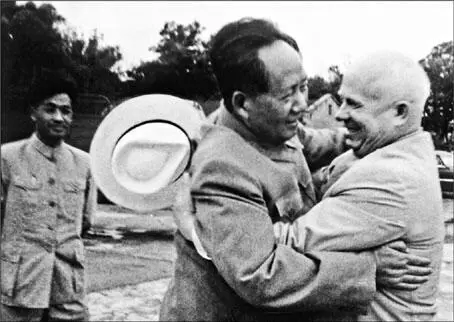
Post — Stalin Soviet supremo Nikita Khrushchev was willing to help turn China into a military superpower, which was Mao’s long-cherished dream. The two leaders embrace at Peking airport in August 1958. Interpreter Li Yueran on the left.(photo illustration 40)
Riveted at the sight of a jet fighter (personal security overlord Luo Rui-qing on right).(photo illustration 41)
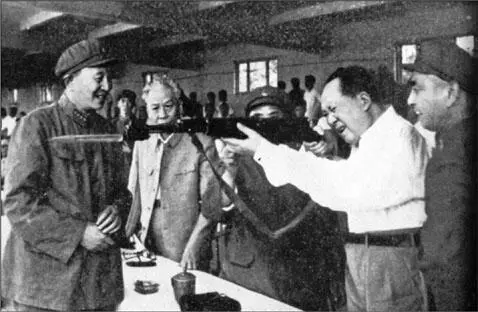
“Power comes out of the barrel of the gun”: Mao at a military exercise, with (from left) Luo Rui-qing and President Liu Shao-chi.(photo illustration 42)
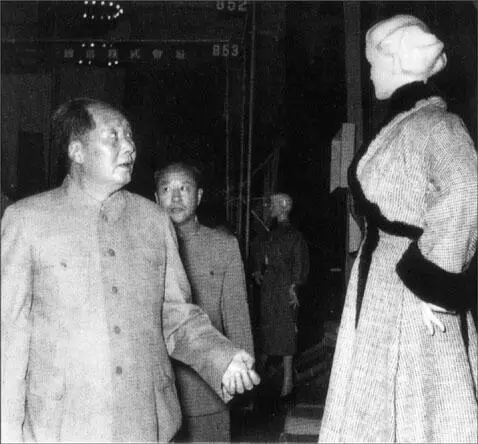
A blonde dummy catches Mao’s eye at a Japanese exhibition in Peking in 1956. Mao was not here to check out fashion for Chinese women, who were restricted mostly to “Mao suits,” but to court the Japanese for strategic goods for his Superpower Program.(photo illustration 43)
Mao liked to rule from bed, often summoning his colleagues from their own beds in the middle of the night. Chairs for his Politburo were set out at the foot of his huge book-strewn bed, on which he also romped with his numerous girlfriends.(photo illustration 44)
In the Great Leap Forward (1958–61) Mao toyed with the idea of getting rid of names and identifying people by numbers. Peasants in his model province, Henan, working with numbers on their shirts.(photo illustration 45)
False bumper harvests were invented in order to extract the maximum amount of food for export.(photo illustration 46)
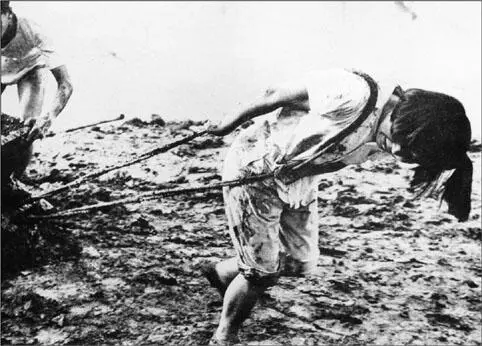
People were worked much harder in the Leap: a girl pulling a cart.(photo illustration 47)

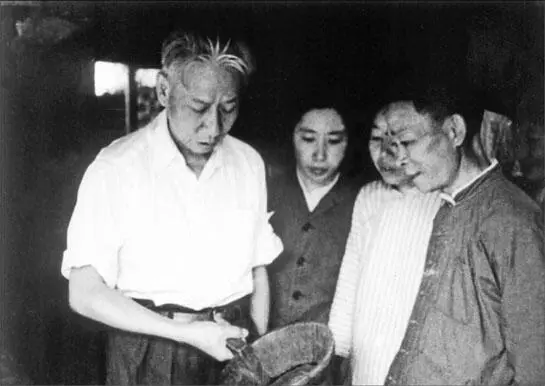
President Liu Shao-chi visiting his home village in Hunan in spring 1961. (Above) He listens aghast to an elderly peasant and (below) stares at an empty food utensil, with his wife, Wang Guang-mei. This trip propelled him to ambush Mao and halt the Leap — and the famine.(photo illustration 48)
Determined to fight back, Mao used his favorite hobby, swimming, as a political gesture to demonstrate strength and willpower.(photo illustration 50)
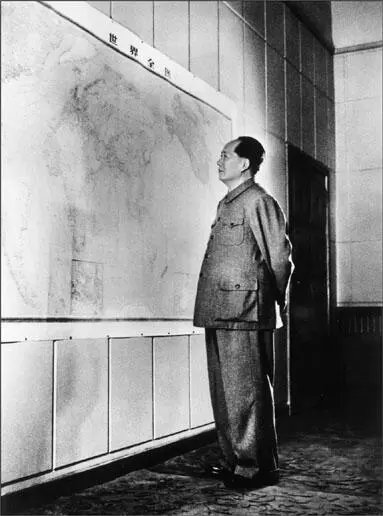
Contemplating a map of the world during the famine in 1961. He told his inner circle: “We must control the earth!”(photo illustration 51)
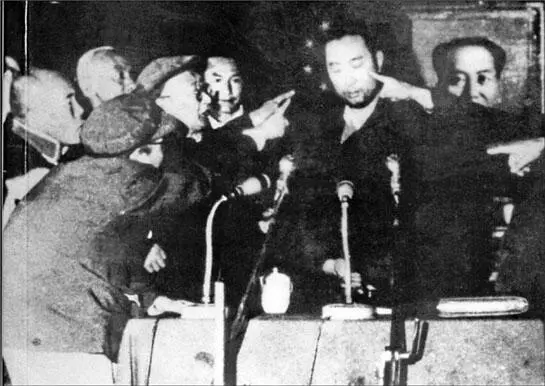
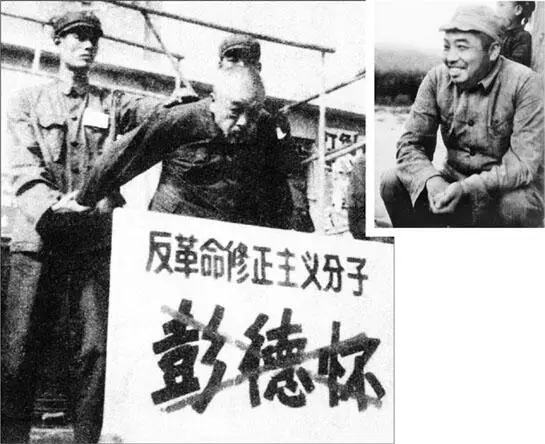
Anyone who spoke up was persecuted. (Top) Tibet’s Panchen Lama being denounced in front of a portrait of Mao; and ex-defense minister Peng De-huai (inset) paraded (left) in the Cultural Revolution; he was made to suffer a lingering death.(photo illustration 52)
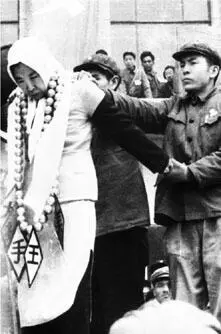
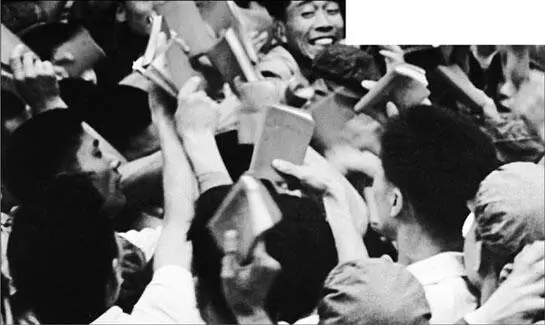
During the Cultural Revolution, Mao took revenge against Liu Shao-chi, seen here being struck by Little Red Book — wielding staff inside the leaders’ compound, Zhongnanhai, and then (below) trampled to the ground. He died an agonizing death in captivity. (Inset) Liu’s brave wife, Wang Guang-mei, being manhandled wearing a necklace of Ping-Pong balls and a label calling her a “political thief.”(photo illustration 54)
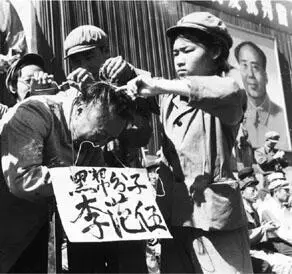
Everyday scenes in the Cultural Revolution. The “jet-plane” position (left), and brutal hair-cutting, always under a picture of Mao.(photo illustration 57)
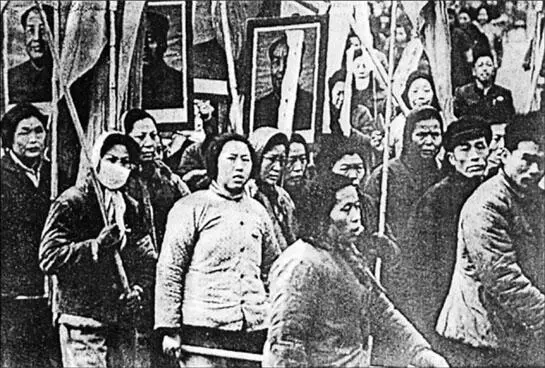
A rare picture catches how the population really looked during these years.(photo illustration 59)
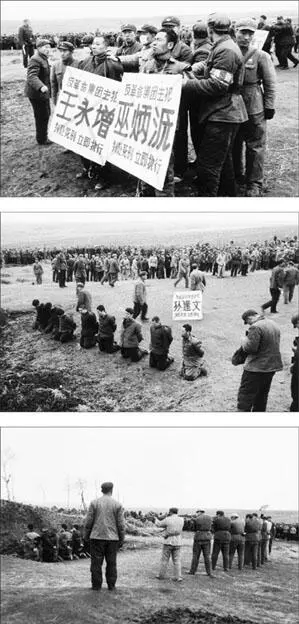
Defiant dissidents being shot before a crowd outside Harbin during the Cultural Revolution.(photo illustration 60)
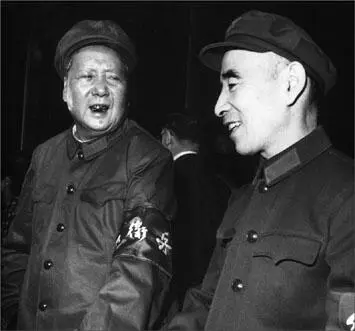
The Cultural Revolution was made possible by a horse-trade between Mao and Marshal Lin Biao. (Left) Lin alongside Mao (wearing Red Guard armband) on Tiananmen Gate, 1966. (Note Mao’s black teeth, which he rarely brushed. He did not have a bath or a shower throughout his twenty-seven-year reign.) Eventually, Mao and Lin fell out; (below) on May Day 1971 a sulking Lin (in cap, right) defied protocol and turned up on Tiananmen for only one minute, refusing to talk to Mao, or Cambodia’s Prince Sihanouk (next to Mao) or Princess Monique (next to Lin).(photo illustration 61)
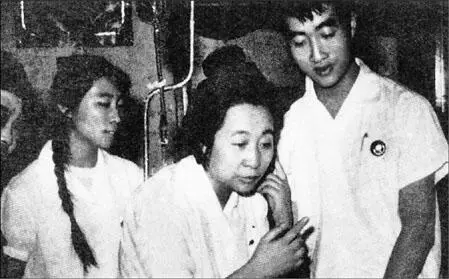
Lin Biao’s son, “Tiger” (right), is the only person known to have planned to assassinate Mao. In September 1971, Lin, his wife (center) and Tiger fled China by plane and crashed to their deaths in Mongolia, after Lin’s brainwashed daughter, Dodo (left), informed on them.(photo illustration 62)
Wooing Cuba’s Che Guevara in 1960; Guevara was cut off when he came to be seen as too much of a competitor.(photo illustration 64)
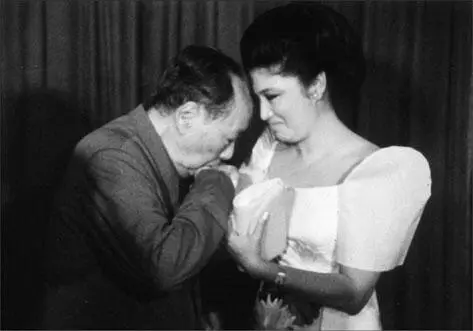
Flirting with the Philippines’ first lady Imelda Marcos, 1974.(photo illustration 65)
Читать дальше
